Your daily dose of Product Management Goodness
Want to know more?
We would love to hear your questions and suggestions for topics you would like to see covered in our future blog posts, so don't be shy and get in touch!


Maintenance vs innovation
Maintenance vs innovation
How do product managers balance the needs of their current product versus investing in new ideas? We’re working with a company where about 80% of development effort is directed towards product maintenance, some towards enhancements and the little bit that’s left goes to innovation. The result? A very frustrated senior management team who see a huge spend and nothing new to sell. There can be many reasons behind this (badly architected product, fixed sized dev teams, etc) but it clearly cant be sustained. Our fix? Set a target maintenance spend (say 20%) and a target date to hit that spend (say 3 years) and then ratchet spend down each quarter. This gives teams the time to address the fundamentals, get a plan in place and move towards a more appropriate spending level.
read more

Communication is vital
Communication is a vital skill for a product manager. It might be a 5 minute elevator pitch or a full technical review. Either way you need to keep your audience engaged and interested in what you saying. Here are a few tips :
1. Tell the audience why they are there
2. Pick three major points you want to talk about and focus on those.
3. Don't overload your presentation with text and pictures.
4. Keep an eye on time. Use a parking lot to collect points that can be answered later.
5. Don't just deliver dry facts.
6. Deliver with passion.
7. Banish your nerves.
read more

Know where you're going
Knowing where you’ve come from is interesting, knowing where you’re going is critical.
Most Product Management teams I work with have some form of metric set in place – they recognise the importance of tracking product success. But I’d estimate in 80% of cases those metrics are ones that look backwards. They tell you what HAS happened and give no clue as to what might happen next – they measure things like profit, usage & revenue. This is akin to a satnav giving you numerous stats on your journey so far, but not mentioning the road ahead is closed.
We know it’s impossible to predict the future, but decent metrics give the opportunity to at least estimate it - tracking metrics on regulation, competitive landscape, tech trends, customer satisfaction & forecast financials make it a little less likely that your product hits a roadblock.
So what do you measure with your product?
read more
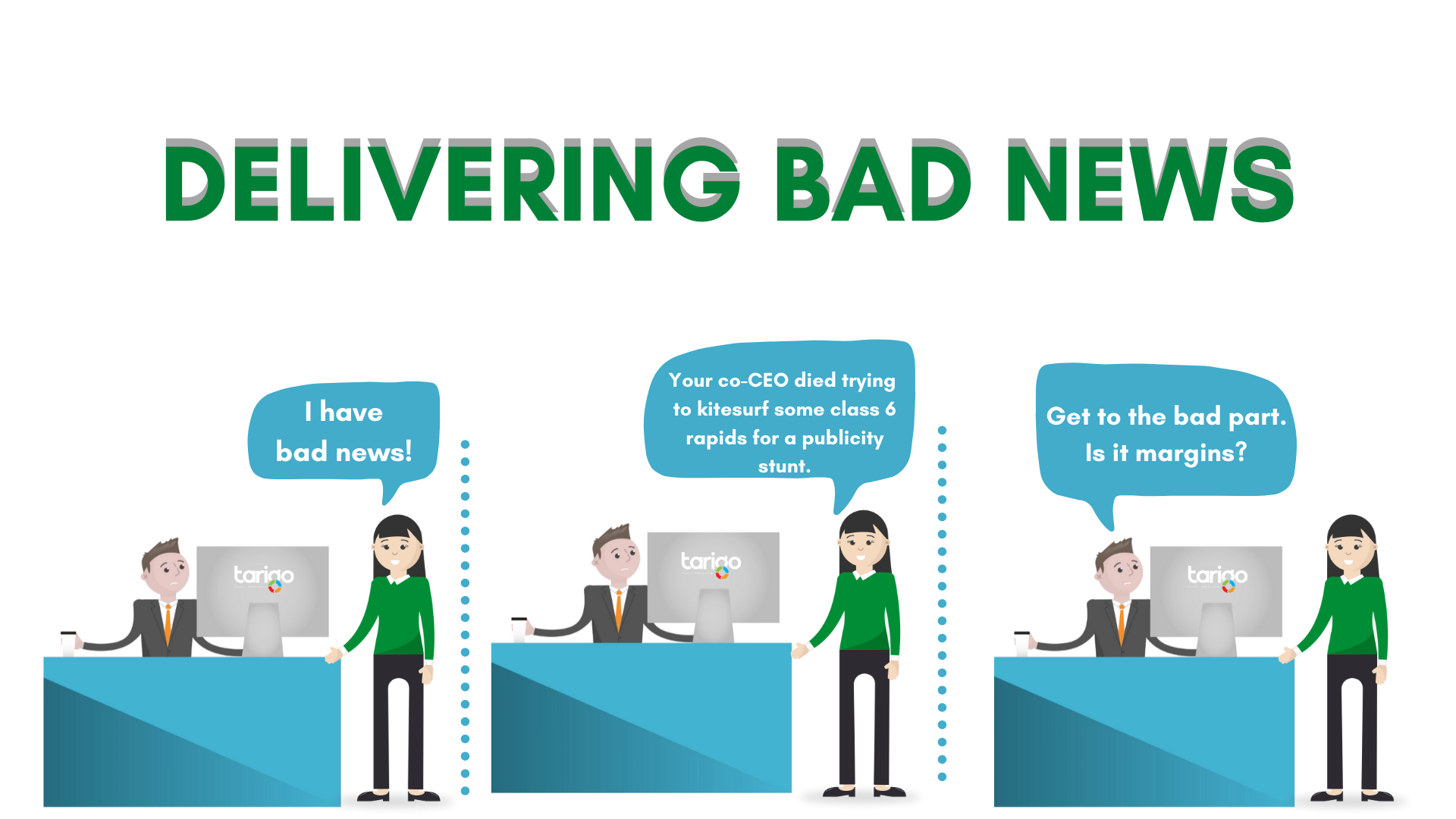
Tips for delivering bad news
5 tips for delivering bad news
There are times in every Product Managers career where we have to deliver bad news – a late product, a missing feature, a metric not achieved. It’s never easy, but here are my tips for delivering bad news:
Never delay - Bad news doesn’t get better with time.
Have clear reasons - You need to explain why. Be specific
Bring options and solutions - You need to show an action plan that solves or at the very least mitigates the problem as much as possible.
Write it down - Conversations can get misinterpreted.
Follow through - Track actions and keep everyone informed
read more

Interview Preparation
Recruiting and employment is a minefield of matching skill sets and personalities, finding the right people to fit into your current team or disruptive individuals that promote change.
It is difficult to find the right balance.
Finding the right fit is hard to do from looking at CV’s, and interviews don’t help to much either… ‘On my best behaviour with my best foot forward’.
You can get a sense of their skills from the CV, but this isn’t going to be a fully accurate representation of what they can provide. Really, an interview needs to realise candidates’ attitudes and personality traits in order to identify if they are going to fit into the role or gap that you are trying to fill.
In order to do so you should understand a few things about what you would like the net result of their employment to look like:
Should they disrupt and become the catalyst for change?
Should they be a team player that helps spreads workload?
What is key to being successful in this role?
How will the role impact the company over the next 12/24/36 months?
read more
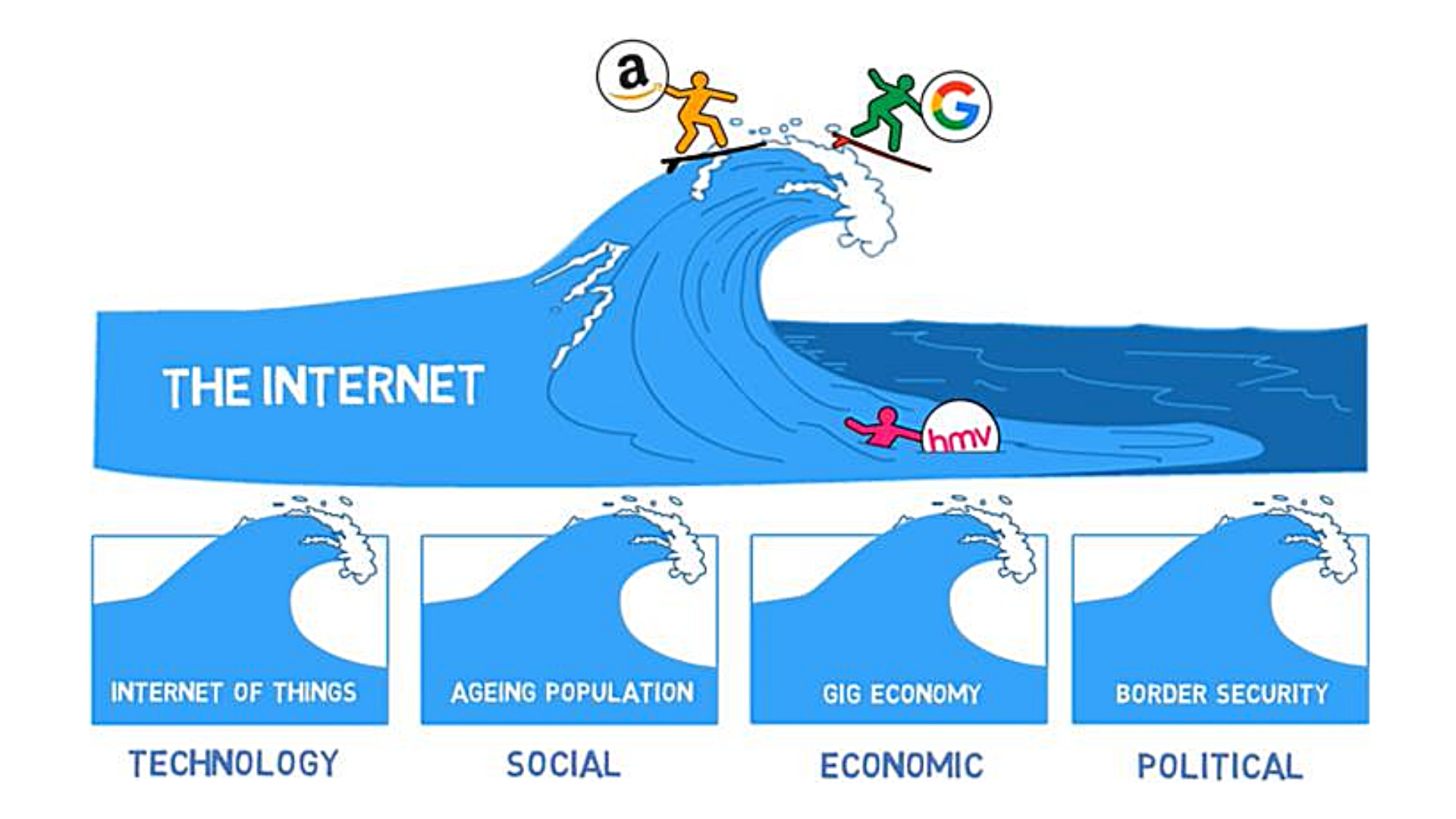
Mega Trend
Mega trends are substantial changes that can impact any aspect of our business. Once upon a time the internet was a potential mega trend, out on the horizon, gathering strength. Some businesses saw it, built or modified their products to accommodate it, and rode the internet wave. Others weren’t so visionary and floundered as the world moved online.
How do we identify mega trends? product managers must constantly look for trends in four broad categories:
· Technology – today we see trends such as A.I or the Internet of Things gathering momentum.
· Social – think of trends such as the ageing population or urbanization
· Economic – the gig economy and peer-to-peer networks are relevant examples
· Political – trends could be border security or environmental controls.
Once we’ve identified the trends, we need to think of what they mean to our business. For example, IoT presents risk and opportunity around cybersecurity.
So what mega trends present opportunity or risk to your product? Product Managers should be thinking about this regularly.
read more
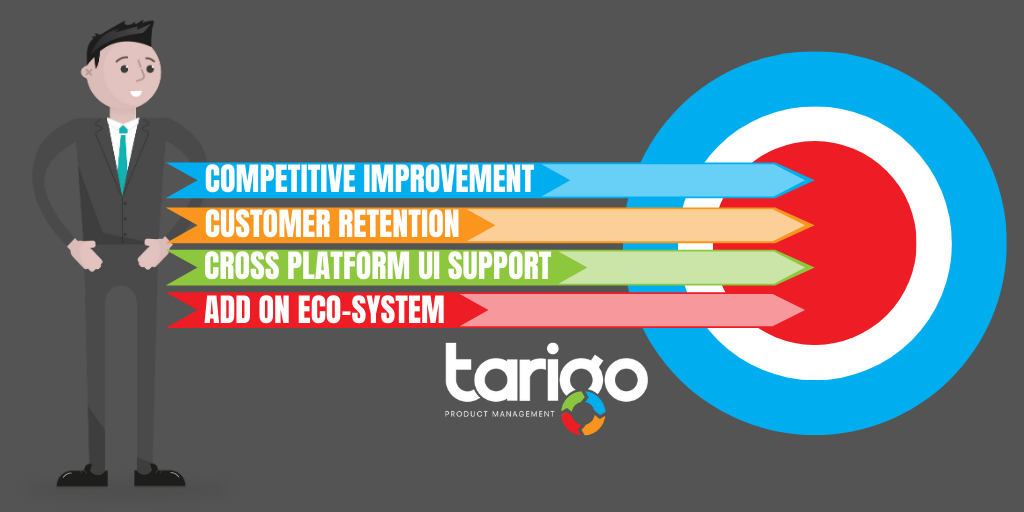
A Themed Roadmap
A themed roadmap is the perfect framework to manage your product along strategic lines. It enables long term objectives & product deliverables to be realised but can flex to meet shorter term demands or agreed variations on the importance of each product strategy.
Moreover, a Themed Roadmap is a single "view" of product strategies and deliverables that can be used in all discussion with major stakeholders as you seek to gain alignment and agreement on a complex set of future product deliverables.
read more
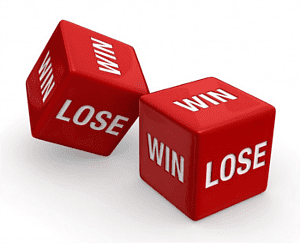
Reaction to losing a deal
How do you react to losing a deal?
I’ll admit that I react badly, but how should a Product Manager really react? Deal with this using GRIT.
Grieve – In my opinion good losers tend to be infrequent winners so don’t feel bad about feeling bad. Go for a run, beat a punch bag, relax in a hot bath. Whatever your way of dealing with it, give yourself a bit of time to get it out of your system.
Research - Gather as much data as you can. Gather from all sources and gather without filter or preconception.
Identify - Work out what went wrong. It’s easy to make price or product assumptions, but discount nothing. I recall a deal lost years ago where we worked out that the customer had not even read our proposal. Be aware that the answer might be that the deal was never in your sights.
Translate - Make changes so that you don’t repeat the same mistakes. Remember the lesson of marginal gain - small changes can deliver significant results.
read more
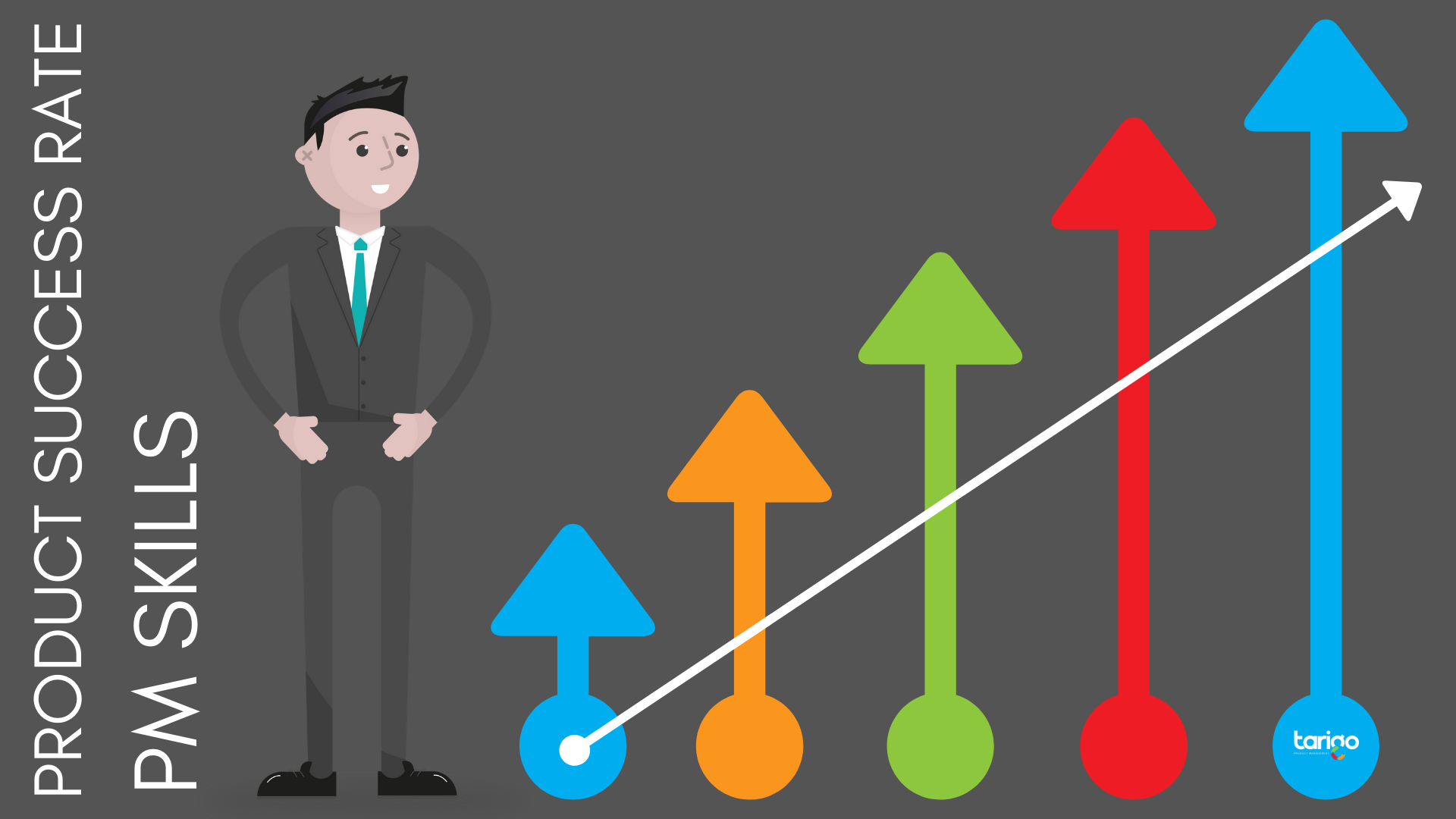
What do PM's do
What does a product manager do?
Our role can be quite complex and difficult to describe. But if we don’t have a clear purpose then we run the risk of being misplaced in our business (step forward all those product managers who are really sales support or project managers, ....).
Here’s a definition that might help. “Product managers reduce the risk of launching a product flop and increase the success of products in market”. So what does that mean? Well, product failure occurs in every sector. By using a professional pm framework a product manager reduces the risk of a potential product flop getting to market (we assess before we launch) and then by using the same pm framework, they ensure that existing products remain successful for longer (we continuously improve products). If there’s a 25% product failure rate in your industry and your pm skills have reduced that to 5% in your business then that’s great product management.
read more

Market research session
What does a great market research session look like?
I was reminded of this with a team I recently worked with. They’re in a B2B market and are conducting early stage research on a new concept. A couple of product managers reported back that their customer visit had gone well. A deeper dive and it was clear that what they really meant was that the customer hadn’t asked any tough questions and so the meeting had been a breeze. This is bad news for the product; interested customers always ask difficult questions (date, price, detail). Think of these as buying signals – if they don’t ask “how much” or “when” they’re really not that interested.
read more

pricing - the right ball park
Want to quickly check if your pricing is in the right ball park? Then answer three questions:
1. Is the price higher than the unit cost – we don’t want to lose money every time we sell
2. Is the price lower that the (perceived or tangible) delivered customer value – customers won’t buy if your product doesn’t represent fair value
3. Is the price broadly equivalent to comparable offers in the market – if price expectations are already set, customers will be unwilling to move far from that price
For the mathematically inclined, this turns into a simple
model for sanity checking a price point.
P = Selling price
U = Unit cost
V = Customer value
C = Comparable solution price
read more
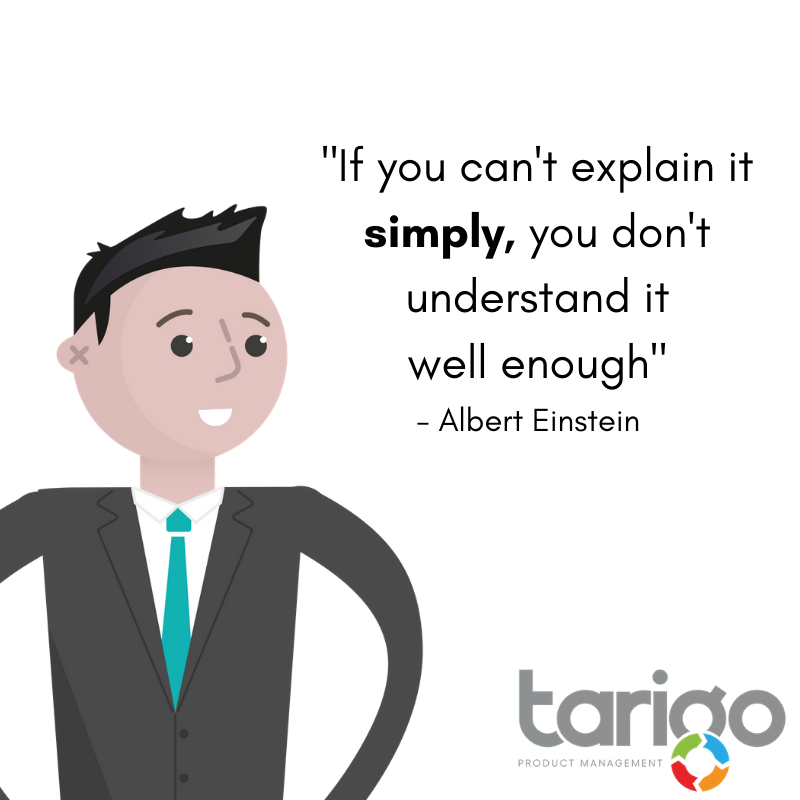
Explain Simply
I’m going to get this printed on a t-shirt and give it to the next product manager who starts by telling me their product is complex to explain! Part of the art of great product management is making the complex as simple to understand as possible. Want to test you or your team on simplicity? Then try this; describe your new product offer/feature in 30 seconds or less to a group who are in your market. Wait 10 minutes and the ask them to describe your product offer. Did they remember it? If not, that’s your problem, not theirs.
read more
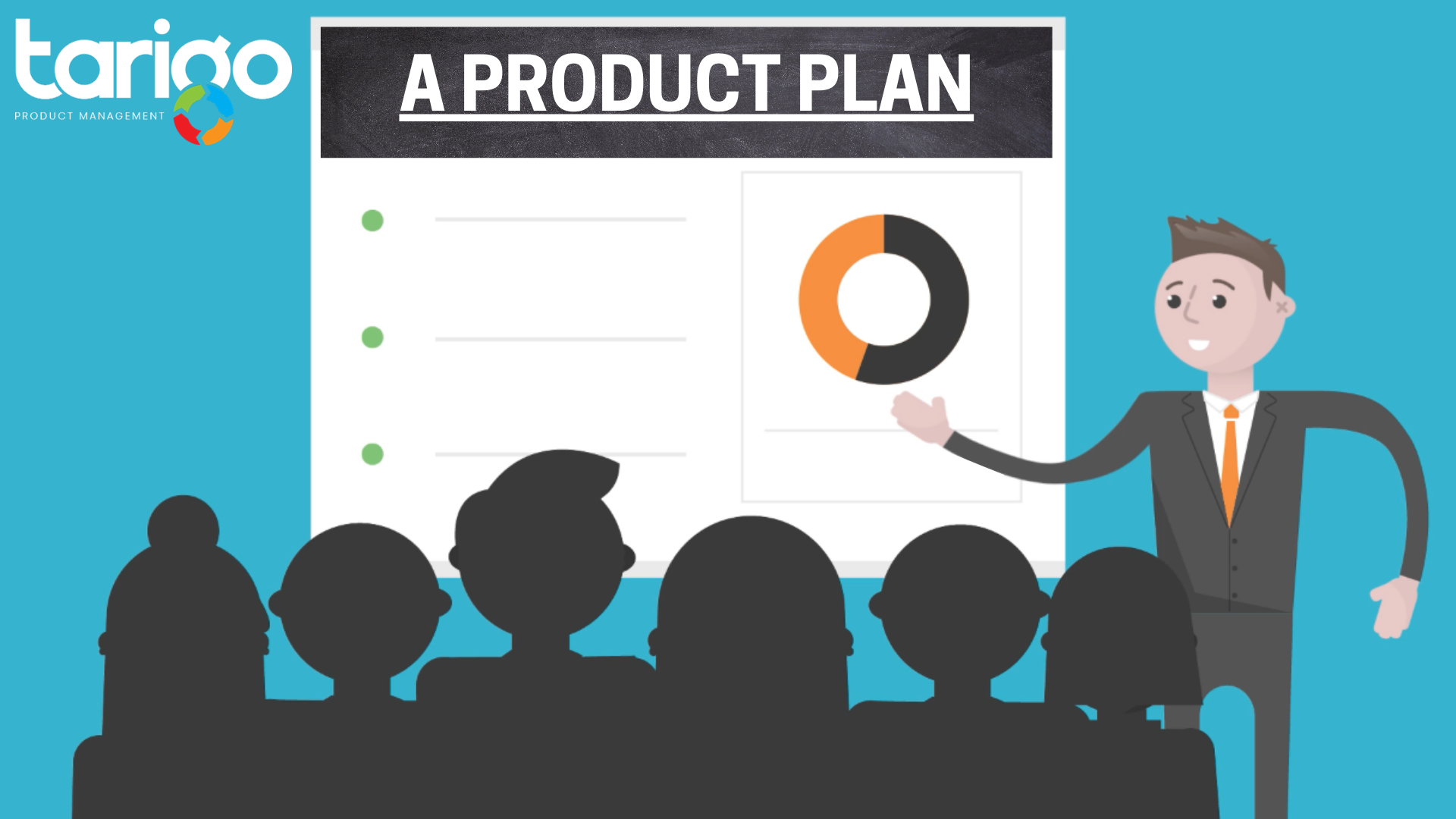
A Product plan is the nucleus!
A Product plan is the nucleus of your product! It takes a lot of work to complete but it helps to align cross-functional teams and provides all the information available about your product, from hard market research to detailed financial models.
It’s time to present your product plan in order to bring teams in-line with your product. And all that hard work could be for nothing if you get this wrong and fail to communicate your message clearly. You have to be sure that the review team are going to understand, the product, the vision and all the key ancillaries that surround your product.
This requires a presentation that has clarity and conviction, a critical skill that all Product Managers should master. Communicating with clarity, during presentations or any cross-team activity is key to building the right foundations and setting your product on the right course!
read more

Personal attributes PM
What to look for in a Product Manager
I was asked recently to define the qualities or attributes of my best Product Manager hires. This is my list, what is yours?
• You’re curious – You have a natural born curiosity and are eager to learn and understand. You always ask ‘Why?’.
• You have great people skills – You can influence and inspire through your passion, drive and credibility. People want to work with you.
• You make things happen – You’re a doer as well as a thinker. You solve problems. ‘Proactive’ defines you because you want to a difference
• You’re disciplined – You are structured in your approach and utilise processes and tools effectively to get the job done consistently.
• You’re a thought leader - You are able to distil complex information down into an insightful and compelling narrative. You use insight and evidence to make recommendations.
• You get your message across – You are clear, concise and credible in your communication, being able to deliver a message in a few words with complete clarity
read more
Check out the Archive